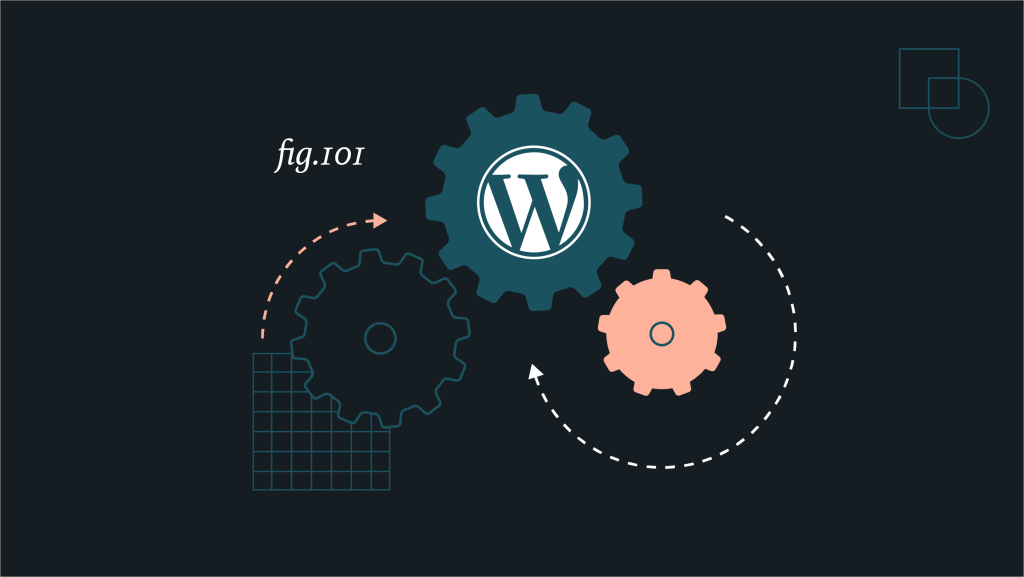Table of Contents

WordPress is a popular content management system (CMS) that offers a wide range of features, making it a versatile platform for building websites, blogs, and online stores. Here are some of the key features of WordPress:
1. Ease of Use
- User-Friendly Interface: WordPress has an intuitive dashboard that is easy for beginners to navigate.
- WYSIWYG Editor: The “What You See Is What You Get” editor allows users to create and format content without needing to know any code.
2. Themes and Customization
- Themes: WordPress offers thousands of free and premium themes that allow users to change the look and feel of their website.
- Customization: Users can customize themes using the built-in WordPress Customizer, allowing changes to site colors, fonts, layouts, and more.
3. Plugins and Extensions

- Plugins: WordPress has over 50,000 plugins that extend its functionality, from SEO optimization to e-commerce.
- Easy Integration: Plugins enable integration with third-party services like payment gateways, email marketing tools, and social media platforms.
4. SEO-Friendly
- Built-in SEO Features: WordPress is designed with SEO best practices in mind, such as permalinks, metadata, and responsive design.
- SEO Plugins: Popular plugins like Yoast SEO and All in One SEO make it easy to optimize content for search engines.
5. Media Management
- Media Library: Users can easily upload, organize, and manage media files, including images, videos, and audio.
- Image Editing: WordPress includes basic image editing tools like cropping, rotating, and resizing.
6. Responsive Design
- Mobile-Friendly: Most WordPress themes are responsive, ensuring that websites look good on all devices, from desktops to smartphones.
- Mobile App: WordPress also has a mobile app that allows users to manage their site on the go.
7. Security

- Regular Updates: WordPress frequently releases updates to address security vulnerabilities and improve functionality.
- Security Plugins: Plugins like Wordfence and Sucuri add additional layers of protection against malware, spam, and other threats.
8. Content Management
- Categories and Tags: Organize posts and pages with categories and tags for better content organization.
- Scheduling: Posts can be scheduled to go live at a specific time, allowing for consistent content delivery.
- Revisions: WordPress keeps a history of content changes, allowing users to revert to previous versions if needed.
9. Multilingual Support
- Multilingual Plugins: Plugins like WPML and Polylang allow users to create multilingual sites easily.
- Language Packs: WordPress supports multiple languages, and language packs can be installed directly from the dashboard.
10. Community and Support
- Large Community: WordPress has a vast and active community that contributes to forums, tutorials, and plugin development.
- Documentation: Extensive documentation and tutorials are available to help users with all aspects of WordPress.
11. E-commerce Integration
- WooCommerce: The most popular e-commerce plugin for WordPress, WooCommerce, allows users to build fully functional online stores.
- Payment Gateway Support: Integrate with various payment gateways like PayPal, Stripe, and others.
12. Multisite Capability
- Network Management: WordPress Multisite allows users to create and manage multiple websites from a single installation.
13. Custom Post Types
- Flexibility: In addition to posts and pages, users can create custom post types for different types of content, such as portfolios, testimonials, and products.
14. Built-in Blogging
- Integrated Blog: WordPress started as a blogging platform, so it offers robust blogging features, including comments, RSS feeds, and pingbacks.
- Comment Moderation: Manage comments with tools for approval, spam filtering, and more.
These features make WordPress a powerful and flexible platform suitable for a wide range of web projects, from simple blogs to complex enterprise websites.


